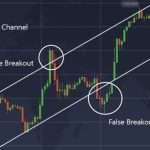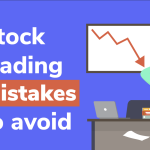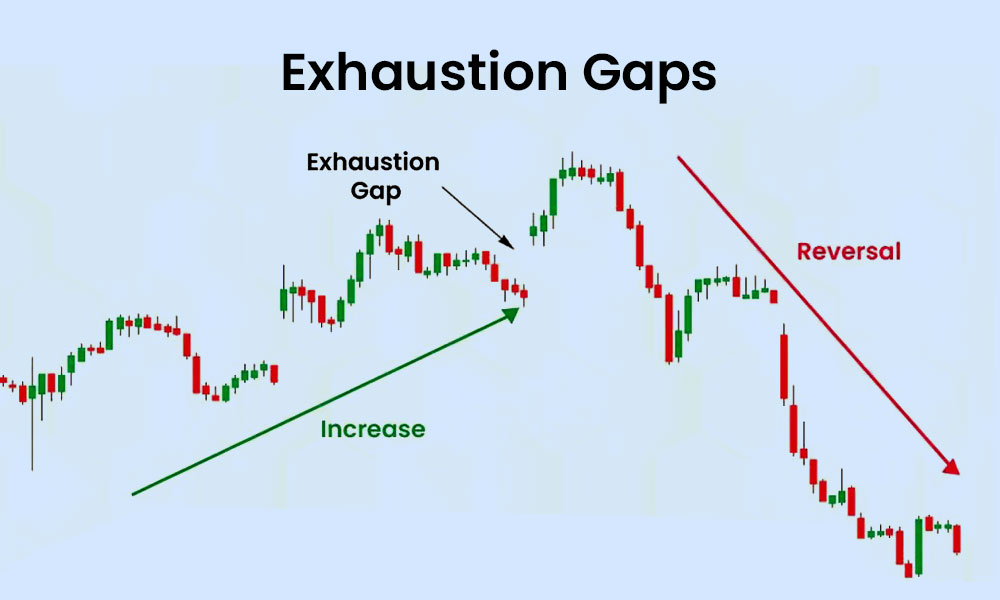
By ATGL
Updated August 27, 2024
Stock market seasonality refers to patterns observed in stock market performance at specific times of the year. These patterns are not guarantees but are based on past data showing how stocks tend to perform during certain months or around specific events. Understanding these seasonal trends can be a valuable tool for beginners in developing a more strategic approach to investing, helping them make informed decisions about when to buy or sell securities.
Seasonal trends in the market can influence investment choices, potentially leading to better returns by timing purchases and sales according to these established patterns. This guide will explore key seasonal trends and how new investors can use this knowledge to their advantage
.
Understanding Market Seasonality
Market seasonality includes the recurring fluctuations in market performance linked to particular times of the year. Factors such as changes in economic policies, investor psychology, and periodic financial reports often drive these fluctuations.
Is There a Seasonality to Stocks?
Stock seasonality is a well-recognized phenomenon backed by historical trends and data across various markets. While not all stocks show the same patterns, certain sectors and markets exhibit noticeable trends based on the season. For instance, retail stocks often perform better in late autumn and winter due to holiday shopping boosts. Similarly, the beginning of a new fiscal year can affect stocks as businesses and governments finalize budgets and spending.
Researchers attribute these patterns to numerous factors, including weather changes impacting consumer behavior, tax considerations influencing investor decisions, and the cyclic nature of industries such as agriculture and construction. Understanding these patterns allows investors to anticipate potential changes in stock prices and adjust their strategies accordingly.
These seasonal trends do not imply that stocks will always follow predictable patterns every year, but statistical evidence suggests that some level of predictability does exist. Investors who incorporate seasonality into their analysis often look to enhance their returns by aligning their trading strategies with these trends.
Top 5 Stock Seasonal Trends and Predictable Patterns
Recognizing and understanding the top seasonal trends in the stock market can significantly enhance an investor’s strategy. Five prominent seasonal patterns have shown reliability, providing better investment decision timing.
1. Navigating the February Lull
The February Lull is a notable seasonal downturn where stock market activity often slows and returns can be underwhelming. This trend is frequently attributed to the post-holiday financial hangover, where consumer spending dips after the festive surge in December and January. Additionally, many investors have adjusted their portfolios in January, leading to decreased trading volume.
Companies also tend to report year-end results during this period, which can lead to cautious trading if the results are mixed. Savvy investors may use this time to assess their portfolios and prepare for opportunities that often arise in the spring, making strategic purchases as prices dip.
2. Understanding Sell in May and Go Away
The adage “Sell in May and go away” suggests a strategy where investors can sell their stock holdings in time to avoid a traditionally sluggish stock market period from May to October. This pattern likely stems from slow economic activity during summer when many traders and financial professionals take vacations. Past data often supports this trend, showing lower average returns in these months compared to the more active November to April period. However, investors must consider their individual investment goals and market conditions each year rather than following this adage blindly, as exceptions to this rule are not uncommon.
3. Analyzing the Halloween Effect
The Halloween Effect refers to the observed improvement in stock market performance starting in November, following the often sluggish summer months. The uptick can be linked to increased trading activity as investors return from summer breaks and engage more fully with the market. Additionally, the end of the fiscal year for many companies and the start of the holiday shopping season can spur economic optimism and increase consumer spending, boosting corporate earnings. Investors can leverage the Halloween Effect by increasing their market exposure in November, potentially capitalizing on the historically stronger market performance during this season.
4. Considering the Thanksgiving Rally
The Thanksgiving Rally shows stock prices often rising in the U.S. during the Thanksgiving holiday. This seasonal uplift is often attributed to positive investor sentiment driven by holiday cheer and increased consumer spending during the start of the peak holiday shopping season. Furthermore, the short trading week and reduced market volume can lead to higher stock prices due to limited supply and increased buying pressure.
This rally typically provides a good opportunity to take advantage of the generally bullish market conditions. However, investors should consider broader market trends and economic indicators before making investment decisions.
5. Understanding the Santa Claus Rally
The Santa Claus Rally describes the tendency for stock prices to increase in the final week of December through the first couple of trading days in January. This trend is widely attributed to the general optimism in the market during the holiday season, year-end investment adjustments, and lower trading volumes, which can amplify price movements.
Some investors also engage in “window dressing,” where portfolio managers adjust their holdings to improve the appearance of year-end reports. Recognizing this trend, investors might consider buying stocks in mid-December for the potential gains during this period. As always, investors should analyze current market conditions and not rely solely on seasonal trends.
Leverage Seasonal Patterns and Trends With Above the Green Line
Above the Green Line provides you with the tools and insights needed to capitalize on stock market seasonality. By incorporating our systematic, proprietary approach, you can effectively align your investment strategies with seasonal trends and patterns. This method minimizes emotional decision-making and optimizes investment timing based on reliable data and advanced analytical techniques.
Explore our membership options and take your investment approach to the next level. Join Above the Green Line today and transform how you perceive and act on market seasonality.






